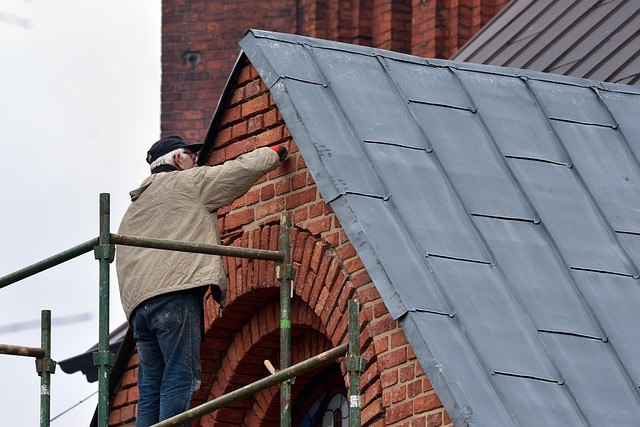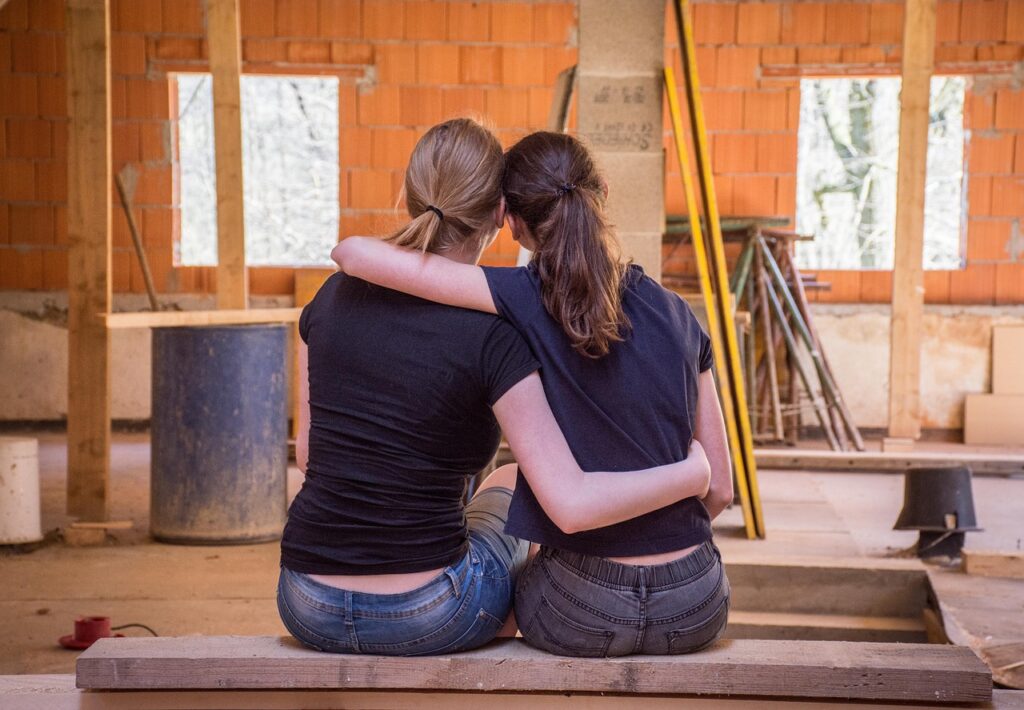Climate-Proofing Your Home: Future-Forward Upgrades
As climate change continues to reshape our environment, many homeowners are left wondering how to adapt. From rising sea levels to intense storms and wildfires, the threats seem daunting. But fear not—there are practical steps you can take to protect your home and ensure it stands strong against nature’s unpredictable fury.
Climate-proofing your home not only safeguards your investment but also creates a safe haven for you and your loved ones. Let’s explore some innovative upgrades that will help fortify your sanctuary for years to come.
Flood-Proofing Basements and Foundations
Flooding can cause severe damage to your home, especially in basements and foundations. To combat this risk, consider installing a sump pump. This device actively removes excess water from your basement, keeping it dry during heavy rains. Waterproofing your foundation is another essential step. Use sealants or membranes designed specifically for below-ground surfaces. These barriers help prevent moisture seepage. Additionally, elevate critical appliances like furnaces and hot water heaters above potential flood levels. This simple adjustment minimizes the impact of unexpected water intrusion.
Wind-Resistant Roofing Materials
Choosing the right roofing materials can make a world of difference in how your home stands up to strong winds. Traditional shingles may not cut it anymore, especially in storm-prone areas. Consider metal roofs. They’re durable and often rated for high wind resistance. Their sleek design helps them shed debris, minimizing damage during storms. Another option is impact-resistant asphalt shingles. These are engineered to withstand intense weather conditions while still offering aesthetic appeal. Plus, they can save you money on insurance premiums. Clay or concrete tiles offer a timeless look alongside strength. While heavier than other materials, their weight makes them hard to lift off during gales.

Wildfire Defense Landscaping
Wildfire defense landscaping is an essential strategy for protecting your home. It involves creating a buffer zone around your property that minimizes fire risks. Start by choosing fire-resistant plants. Native species often have adapted to local conditions and may be less flammable than exotic varieties. Consider incorporating succulents, which retain moisture, making them less likely to ignite. Creating defensible space is crucial. This means clearing away dead vegetation and maintaining well-trimmed bushes and trees within at least 30 feet of your home. Ensure there’s enough distance between branches to prevent flames from spreading. Hardscaping elements like gravel paths or stone walls can also serve as barriers against advancing flames. These features not only enhance aesthetic appeal but add layers of protection. Mulching with non-flammable materials instead of wood chips can further reduce fire hazards in landscaped areas surrounding your home.
Backup Power System Options
Power outages can strike unexpectedly, leaving you in the dark. A reliable backup power system is essential for peace of mind. Generators come in various types. Portable models are flexible and easy to use but require manual setup. Standby generators automatically kick in when the power goes out, making them a convenient choice for many homeowners. Solar energy systems offer an eco-friendly alternative. They harness sunlight to generate electricity and can be paired with battery storage for an uninterrupted power supply day or night. Battery backup systems have become increasingly popular. These units store energy from your home’s grid or solar panels, providing immediate access during outages without noise or emissions. Climate change is a reality that impacts us all. By taking proactive steps to climate-proof your home, you can create a safer living environment for yourself and your loved ones. Making these upgrades may require an initial investment, but they pay off in peace of mind and resilience against future challenges.…

